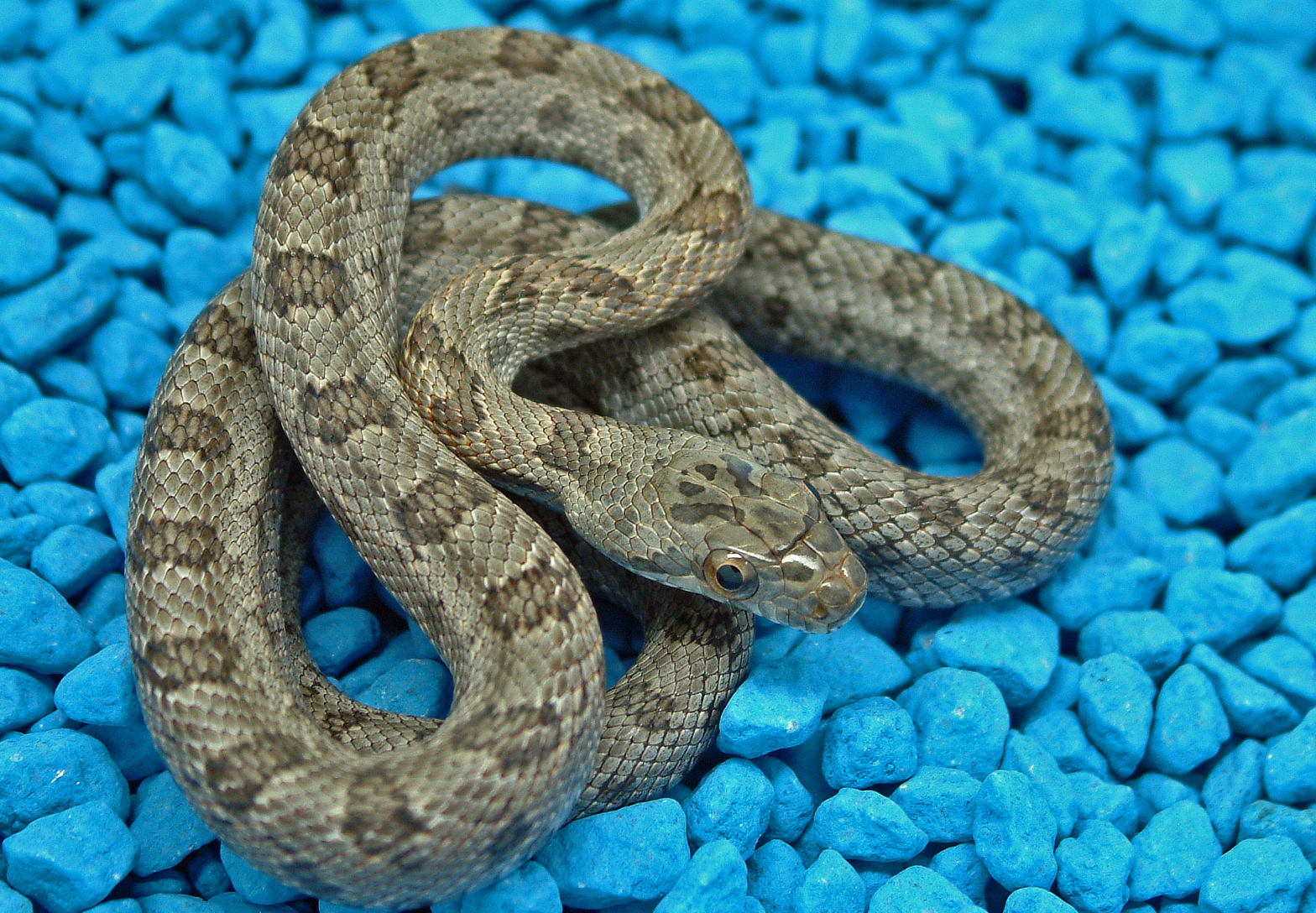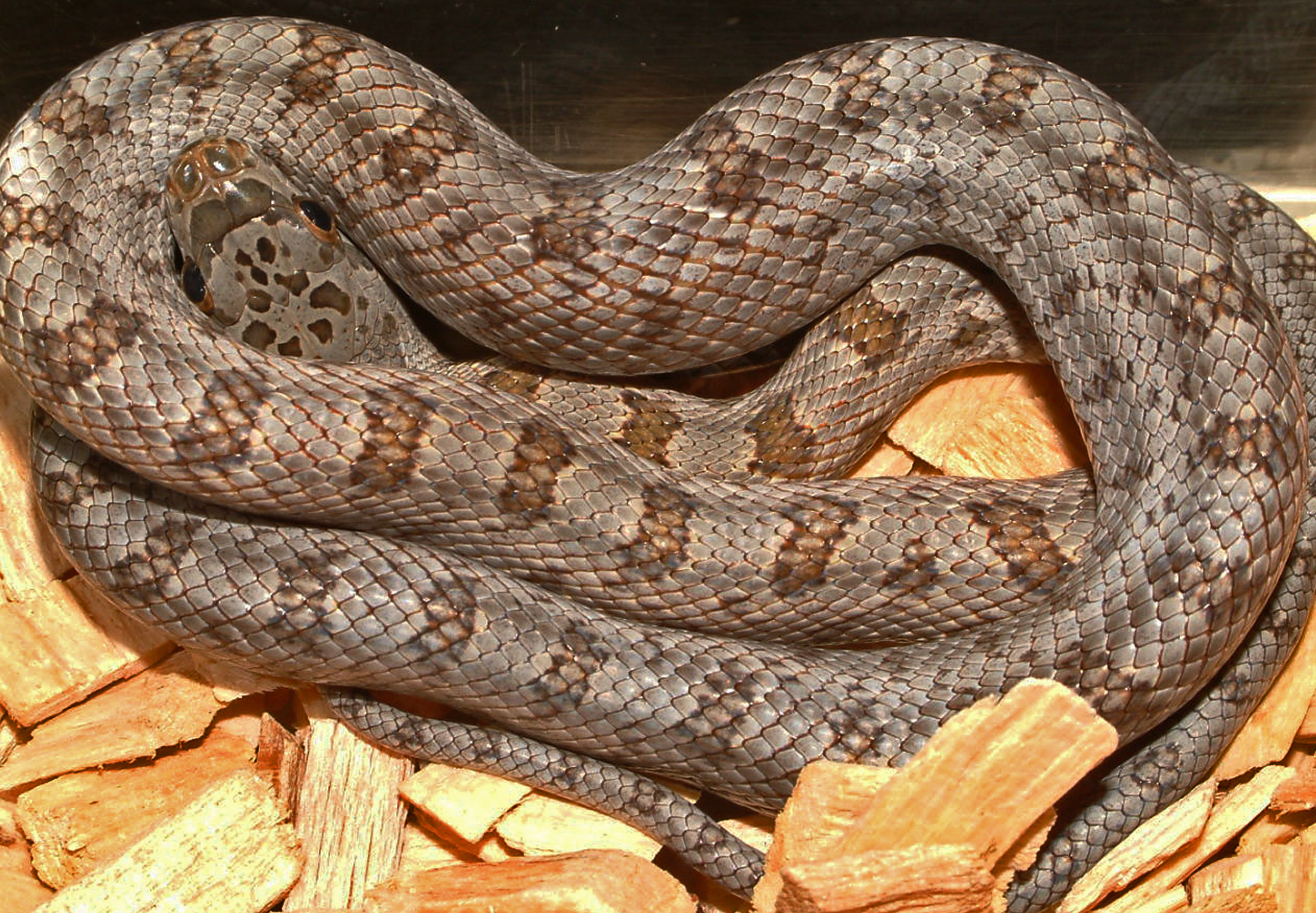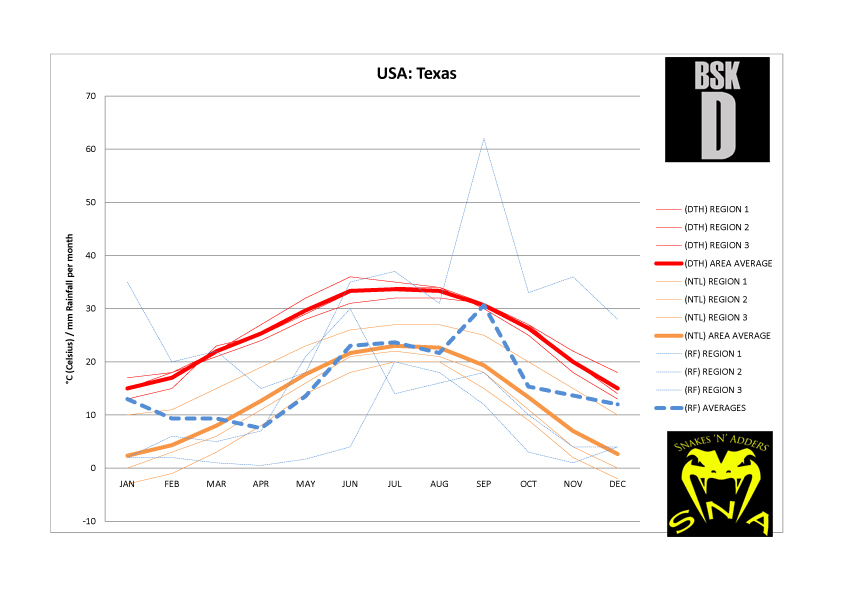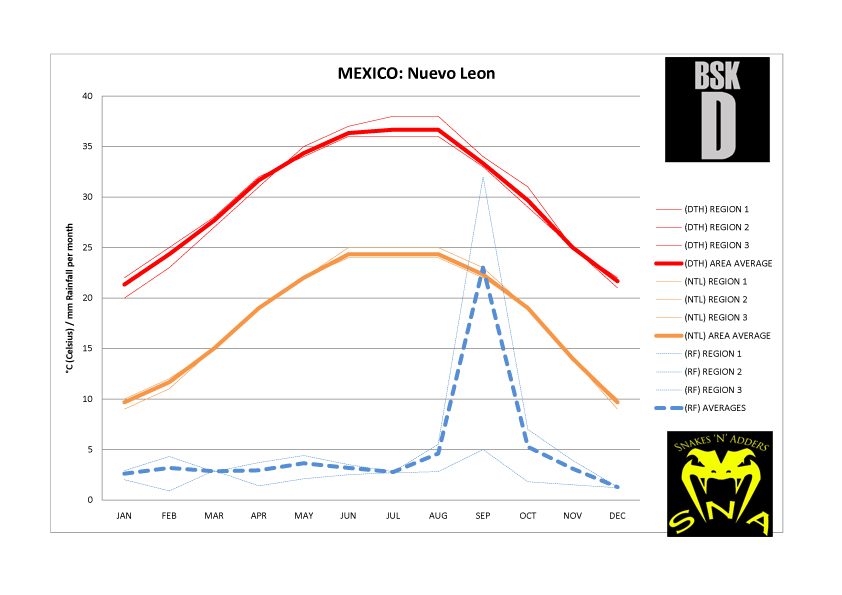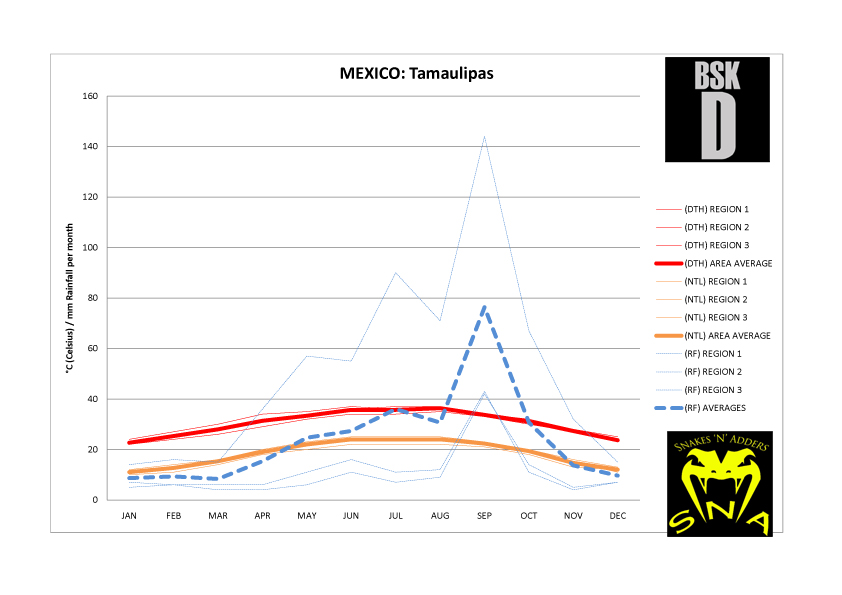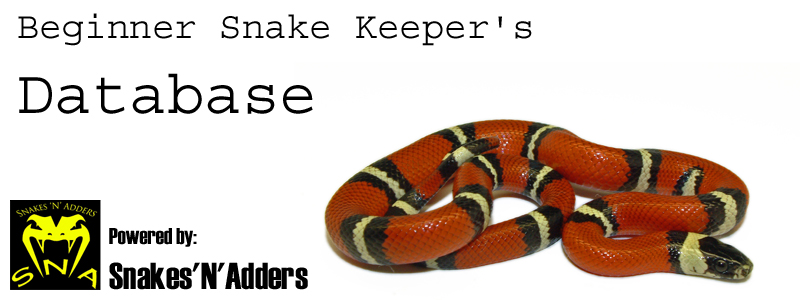.jpg)
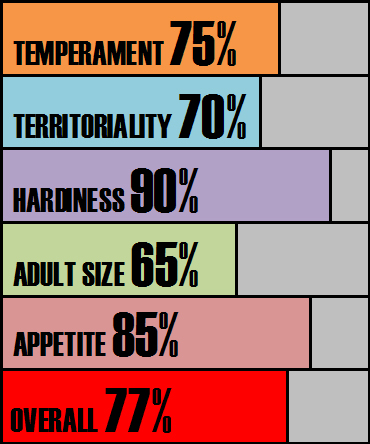

Species Notes based on experiences:
Baird’s Rat Snakes are quite simply one of the most beautiful of North American Colubrid snakes. There are variances in pattern depending upon locality with Texan specimens being a stunning steel blue / grey with darker dorsal lines and orange interstitial skin. Mexican examples are far more orange and by far are the most sought of the two. Baird’s Rat Snakes are personable snakes that have proven to be hardy and have been kept for multiple decades in the hobby. Given the explosion of genetic variance in other species this species is sadly now overlooked and that is to the great loss of the hobby. This snake has a lot to offer.
Score analysis:
When considering temperament, Baird’s Rat Snakes are one of the steadiest of the North American Rat Snakes. Generally when handled they remain easy to work with and overt fear or aggression are rarely seen. If defensive behaviour is displayed it comes in the form of tail rattling and musking. Babies may be reticent to be handled but with time and patience can become fabulous snakes to handle. You get out what you put in.
Territory issues are nearly always more prevalent than true temperament issues. This is an alert snake that can be easily startled. Once startled they may dart away from your hand or rattle their tail in frustration. Biting and the rearing up seen in other North American Rat Snakes is rarely encountered. Once out of the enclosure most if not all defensive behaviours will abate.
Baird’s Rat Snakes have an excellent record for hardiness in captivity. Coming from the hillsides and elevated slopes of the North Western Mexican states they tolerate hot summers and cold winters. This species does not occur as high as some of the mountain King Snakes and are capable of managing higher temperatures in summer and milder winters. This snake may aestivate during summer to escape excess heat but benefit from the milder winter by not needing to brumated for as long or as deeply. Activity may just reduce rather than stop.
This snake usually average around 5ft fully grown so only marginally longer than a Corn Snake. This snake is far stronger and more agile than a Corn Snake of the same size. In the hand you can feel differences in hardness of muscle and strength. Exceptional animals can approach and even exceed 6ft in length. As a result the score has been marked down accordingly.
Hatchings are nervous and skittish. They may run from feeding attempts. They prefer to feed in secrecy initially. It is better offering the food on a tray and leaving by the mouth of their hide rather than pursuing them with a pink held by tongs. Confidence does eventually grow to the point where they will tong feed but this may take 6 months or more. Once established they feed great and will be a parallel to the other North American Rat Snakes but initially you may meet resistance. Feeding at dusk or even at night may prove more fruitful for stubborn animals.
Tub:
not appropriate long term and may only be a stop gap solution to grow the baby snake on in.
Vivarium:
120cm x 45cm x 45cm
Budget rig: -
40cm x 30cm heat pad
On / off thermostat
Digital thermometer to monitor thermostat performance
Warm hide
Cool hide
Water bowl
substrate
Recommended rig (vivarium only): -
250w ceramic heat emitter
Ceramic lamp holder and bracket
Bulb guard
Day night thermostat
Digital thermometer to monitor thermostat performance
Various logs and caves along the thermal gradient
Damp hide
Climbing and exercise branches
Plants and foliage (live or artificial – your choice)
Water bowl
Substrate
UVB light (8w T5 shade dweller 7% kit from Arcadia or equivalent) (optional)
Subterranean section to vivarium for further psychological security (optional)
Climate analysis:
Summer months exceed 35°c near the conurbations where the data was taken. This means the snakes will have to seek shelter during these periods. Single days in excess of 40°c are relatively common. There may be periods where the snake becomes almost exclusively nocturnal to work around this heat. This behaviour would swing to almost the polar opposite in winter where night time lows may approach 0°c or lower. Day time highs remain workable for the snake throughout winter. Activity may reduce but is unlikely to completely stop. In captivity we iron out these extremes; temperatures used for the other North American Rat Snakes seems to work. We have always just added that degree or two of extra heat (topping out at 31°c during the day). This species responds well to manipulation of winter temperatures to induce a light brumation and as a result breed readily.
Conclusion:
A particular favourite of the author’s. The colour palette and mixing of blue grey and orange is a particularly pleasing combination. If worked with from an early age Baird’s Rat Snake make a fabulous pet species. They like to roam their tanks and investigate making them to interesting to study within the enclosure. If an older animal is encountered and you consider buying it make sure you handle it a couple of times first to ensure it is used to human interaction. Animals that have been left to their own devices retain their fear of humans and this may lead to situations involving lunging and striking.
.jpg)

